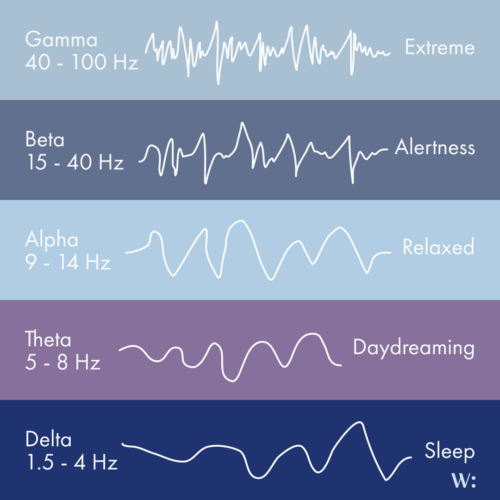Omega-3 vs Omega-6. The yin and yang of fats
While scouting through the vast online aisles for supplements, you might come across one that says “Omega-3 + Omega-6”. While it may seem like a better deal to get two for the price of one, you may want to think twice. Is more always better? So let’s finally settle the question: How are omega-3s and omega-6s different and which ones should you eat for the best health effects?

What even are omega-3s and omega-6s?
Chemically, omega-3s and omega-6s are liquid fats, which are technically called unsaturated fatty acids. They are long string-like molecules with two distinct ends – an alpha end and an omega end. Unsaturated fatty acids have features called double bonds, which make them well… unsaturated. Omega-3 fatty acids have this double bond 3 positions away from the omega end, while omega-6 fatty acids have it 6 positions away. And that’s it!
But enough chemistry, how do these acids affect our bodies? Omega-3s and omega-6s might look similar (even chemically) but their functions in our bodies are completely opposite. Omega-3s are thought to have an anti-inflammatory role in the body, while omega-6s a pro-inflammatory (inflammation-promoting) one. They are like twins, who have absolutely different personalities.
You might have heard of inflammation as a terrible process that we must avoid at all costs. And there are good reasons. Higher levels of inflammation have been linked to faster ageing, lower mood, and lower brain function, as well as cancer.
Wait, so are omega-6s harmful?! Not really. Higher rates of inflammation could be harmful, but we still need inflammation – it’s an essential part of a healthy immune system. And omega-6s assist in exactly that. They increase inflammation to keep it from dropping too low and keeping us healthy. The problem is in the balance.
The healthy balance of omega-3s and omega-6s
Balance is the absolute key when it comes to omega-3s and omega-6s. We need both of them in our diets. When everything is healthy, there is a perfect ratio between omega-3s and omega-6s. But the modern Western diet seems to be way too heavy on omega-6s and way too light on omega-3s.
"Omega-3s and omega-6s have opposite roles. Omega-3s are anti-inflammatory, while omega-6s are pro-inflammatory"
Some experts, like in this paper, suggest that historically we had diets with equal parts of omega-6s and omega-3s (1:1). But now our diets have ratios of 15:1, or even 30:1, being way too heavy on omega-6s. Of course, when the diets are so full of inflammation-promoting omega-6s, we have higher rates of inflammation, and all the health issues associated with it.
To be healthy we need to consume both omega-3s and omega-6s. But if we want to restore the already skewed balance, it might not always be a good idea to consume both omega-3s and omega-6s in supplements. Rather, it might be beneficial to focus on omega-3s, be it from supplements or an adjusted diet.
"Our diets have a skewed balance of omega-3s and omega-6s, and that’s what contributes to the health issues"
Sources of omega-3s and omega-6s
Foods high in omega-3s:
- Fatty fish: salmon, mackerel, sardines, anchovies, herring
- Nuts and seeds: walnuts, flax seeds, chia seeds
- Supplements: omega-3 fish oil, algae-sourced omega-3
Foods high in omega-6s:
- Oils: sunflower, soybean, corn, safflower, canola
- Nuts and seeds: walnuts, almonds, sunflower seeds, pumpkin seeds
- Other: tofu, eggs, mayonnaise, oil-fried foods
In a nutshell
Omega-3s and omega-6s look like they have completely opposite functions in the human body. But maybe they don’t. Maybe it’s better to think of them as team players rather than rivals. They both act to support your health, including our healthy inflammation responses. But only when they are in a carefully managed equilibrium. Like the yin and the yang of fatty acids.
You may also like:
More from the magazine
Selected stories from our Team








